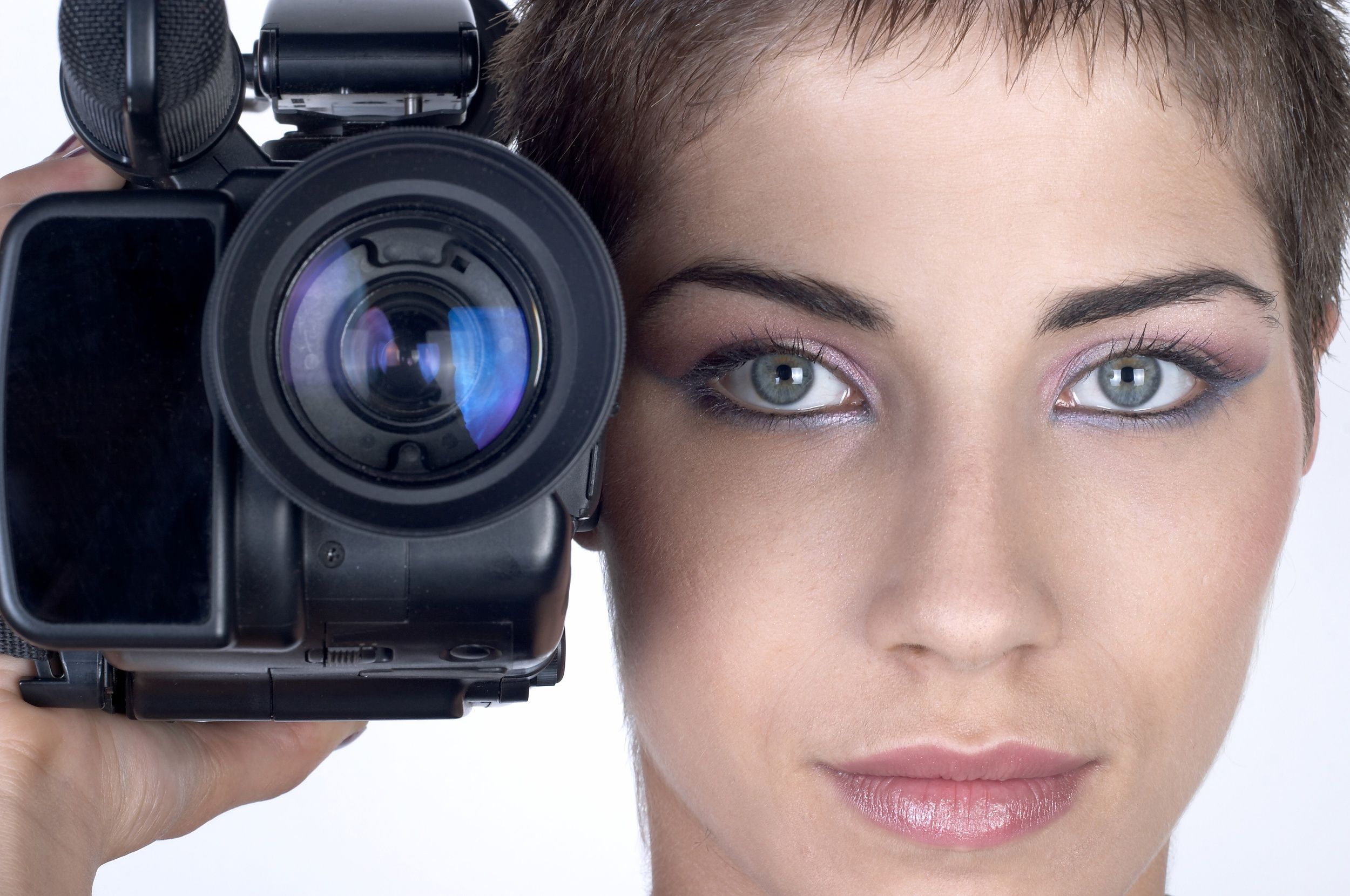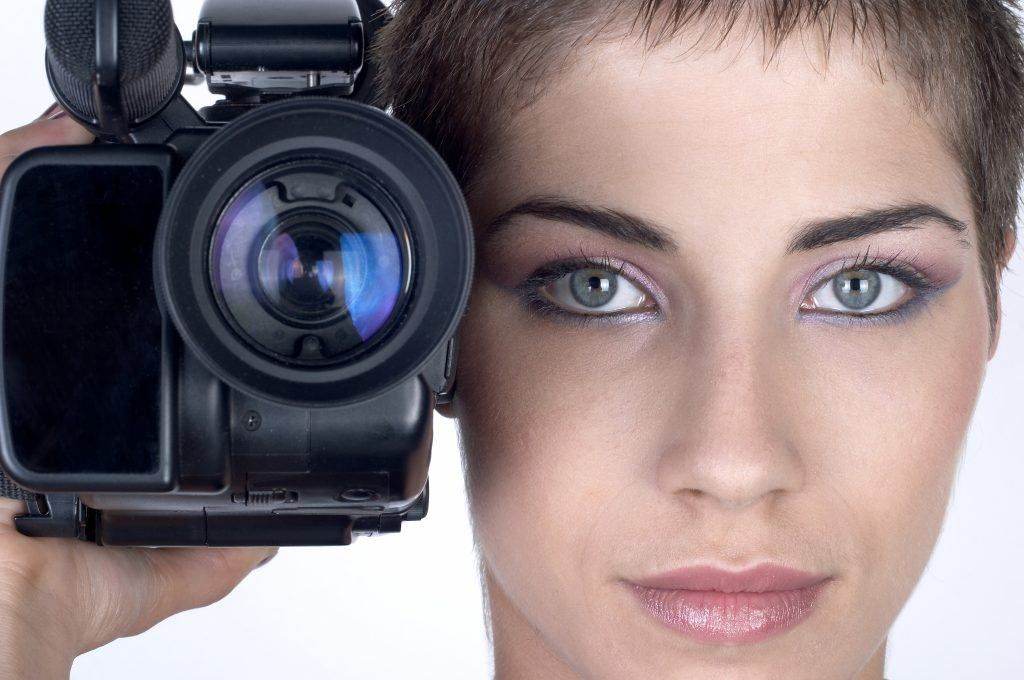Recently, a friend of mine contacted me via email. He’s been itching to get back into photography after being away from it for a while.
By his own words, he stated, “I’m not looking to go crazy and spend tons of money. But, I would like to get something nice that gives me some versatility.” He then shared an online link with me. It took me to one of the photo equipment megaretailers. “What do you think of this deal?” he asked.
This is what it included (photo below):
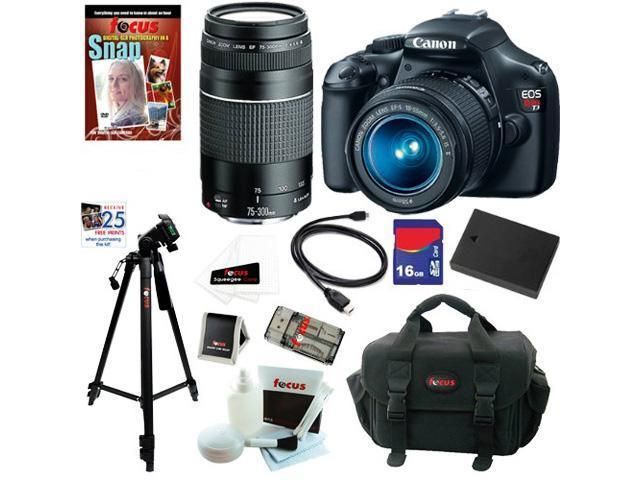
By all intents and purposes, it appeared to be a great deal; after all- you got all this stuff for one low price.
In order to help out my friend, I analyzed this particular offer. I’m going to share my findings with you.
But first- let’s talk about the camera kit concept in general…
I’ve been involved in photography since 1974 (boy, I’m old right?). Here’s a picture of me in 1979. I’m that scary looking dude on the right.
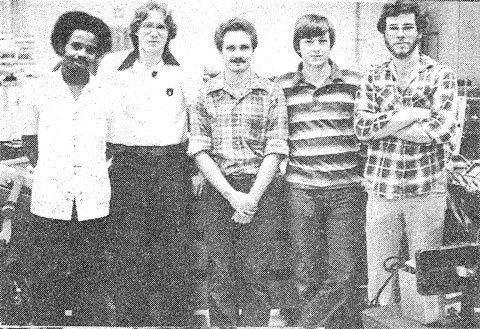
Back in those days, before anyone ever dreamed that there would be something like the internet, we STILL had the camera KIT sales pitch!
At that time, we were exposed to those offers via ads that ran in the back of photography magazines like ‘Popular Photography’ and ‘Modern Photography’
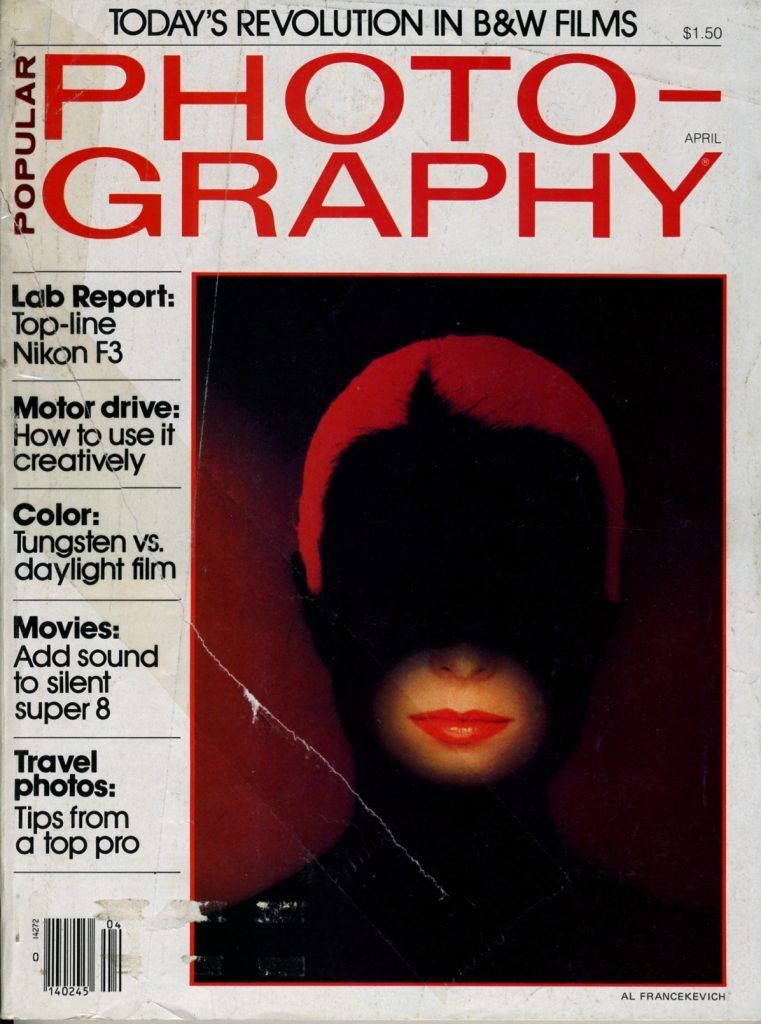
Photo by Jussi
The ads were generally full page or multipage page spreads, which were filled with gear that a photographer couldn’t easily get in his or her hometown (most of the companies were based in New York City).
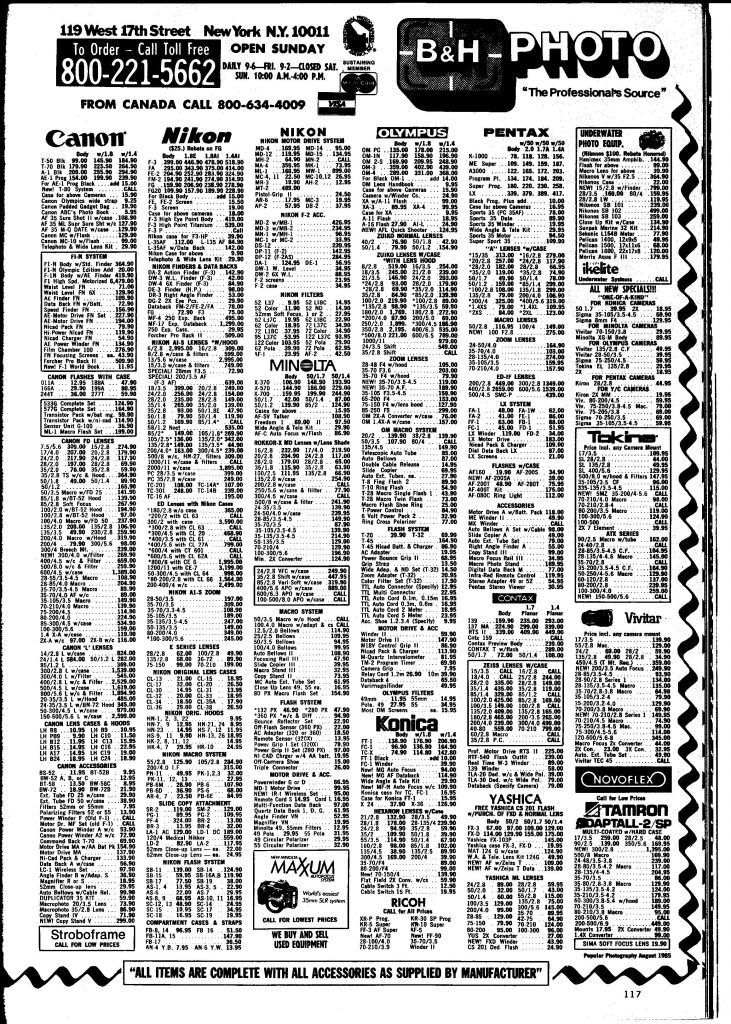
This is an example of what those ads looked like. Many of you probably recognize the “B&H Photo” name. In 2014, they are still a heavy hitter for online mail order equipment. Photo by Jussi
Yep! The ‘Kit’ concept was around, even in 1960.
Now, back to my friend’s question…
His request for help arrived in my mailbox on May 5, 2014. The first thing that struck me was that the ‘Kit’ included a Canon T3… hmmmm… I thought, “Isn’t that an old model?”
Well, in fact, the Canon T3 and the T3i were released together on February 7, 2011. In the months following, Canon also released the 4Ti and 5Ti models.
In the fast evolving world of digital photography, that made the T3 (in May 2014) pretty much a boat anchor.
It’s been rumored (for a while) that the T3 line would soon be discontinued in manufacturing. I’m certain that retailers wanted to clear out their inventory before the camera’s value dropped significantly. This made that camera model a perfect ‘kit camera candidate’.
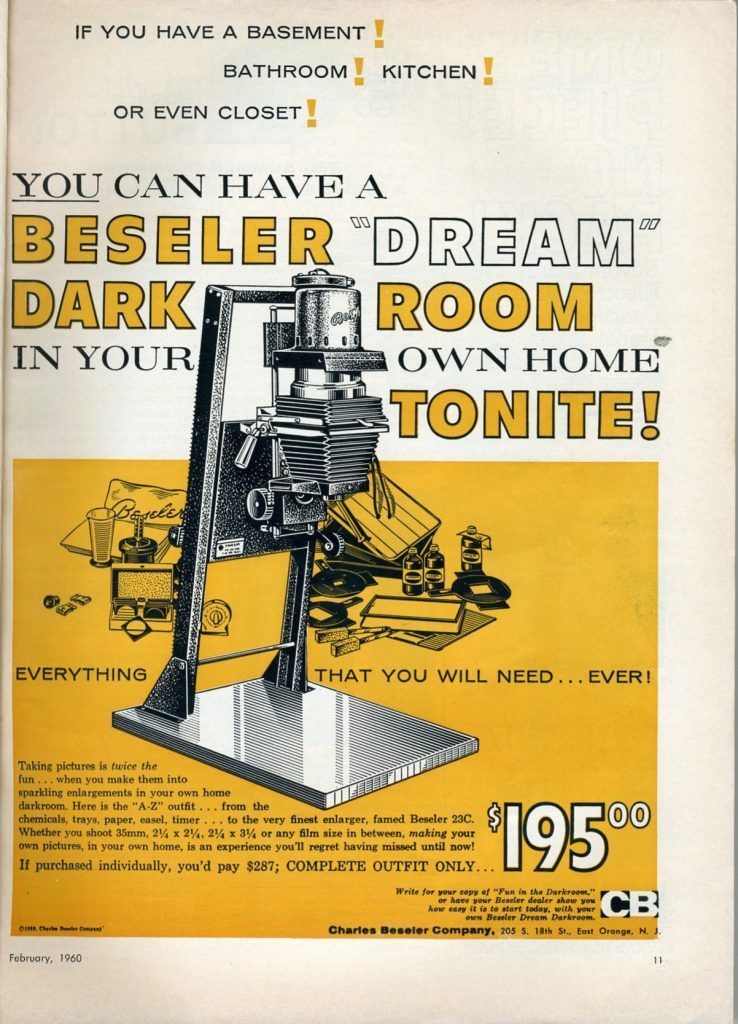
Back in the day, a photographer would have drooled over the idea of owning that Beseler enlarger; even more so with the knowledge that they could get EVERYTHING they NEED for a discounted price! Wow! Photo by Jussi
Is that a bad thing? No, not necessarily. But, if you’re looking to get a deal with a retailer’s kit offer, you need to understand what you’re getting for your hard earned money.
Before we move on, let’s define the term ‘kit camera’. There are two ways you might interpret that phrase.
- The camera manufacturers produce what are called DSLR camera kits. These cameras are generally in the entry-level line. They typically include the camera body, a standard 18mm-55mm zoom lens, a battery, a battery charger, a strap, an eyepiece, a manual, and some basic software. In case you aren’t aware, the other way that manufacturers sell their cameras is ‘body only’. These are generally the prosumer and professional level DSLR cameras. The body only cameras come with everything described in the ‘kit’ option above- EXCEPT the lens. And for most applications, unless you are a strictly point-and-shoot family event photographer… that included lens is almost worthless. You will soon be looking to get something else. So, why do the camera manufacturers sell it that way? It provides perceived value. The included lens is extremely inexpensive for them to manufacture. It allows them to upsell the camera and adds to their profit margin.
Is that a bad thing for us- the consumers? It depends… If you want to delve into photography beyond the most basic levels, the kit doesn’t really help you out. However, if you’re determined to buy an entry-level DSLR camera, it’s really the only way you’re going to be able to purchase it.
"If you’re looking to get a deal with a retailer’s kit offer, you need to understand what you’re getting for your hard earned money."
- The retailers provide ‘kit deals’ (this is what my friend was looking at.) This is where the retailer bundles a camera with other photography related items to add to the perceived value. In my friend’s case above, the kit came with the (recognizably branded) Canon T3 camera body, Canon’s standard 18mm-55mm zoom lens, and an additional Canon 75mm–300mm telephoto zoom lens. Everything else included in the kit is self-branded gear supplied by the store that’s selling it. What does that mean? It means that all of the other gear (that was included) was probably purchased in bulk from China for pennies. Those items included a tripod, camera bag, extra camera battery, memory card, memory card reader, memory card wallet, LCD screen protectors, training DVD, cleaning kit, and an HDMI cable.
Since we’re sorting out my friend’s deal- let’s first take a look at the camera and lenses.
In May 2014, Canon’s suggested retail price for the T3 model with the standard 18mm-55mm lens was $449.00 USD. The camera was actually selling for much less due to the impact of the T3i, T4i, and T5i camera models. The Canon T3 manufacturer’s kit (as described above) could be found in numerous locations priced at $319.99 USD.
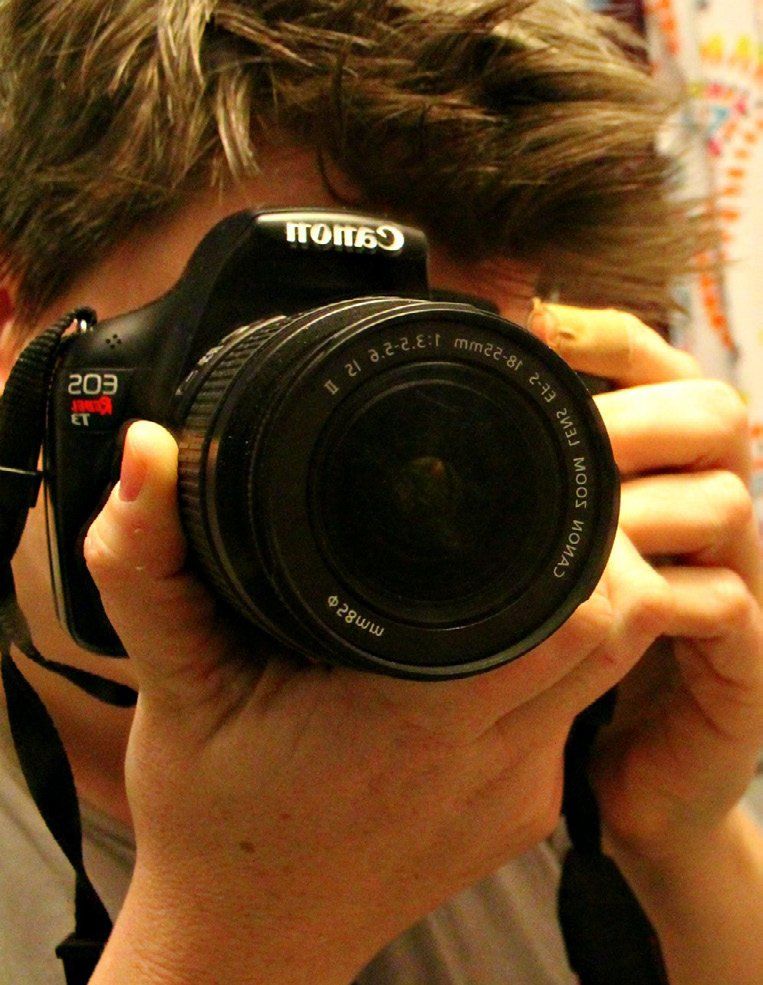
Photo by Wendy
The second lens in the kit was described as a Canon 75mm 300mm zoom lens. It’s important to note that there are TWO versions of this lens that Canon manufactures. If you’re looking at purchasing a ‘kit’, you must be diligent in learning exactly what you are buying. One of the 75mm-300mm Canon lens models has an Ultrasonic motor, and the other one doesn’t. That will make a significant difference in the performance of the lens. The lens model that doesn’t have the USM motor is the model that was included in this kit. It could be purchased new for $199.00 USD.
Now, here’s something that you probably don’t know. And, I say this with a degree of authority, as I’ve worked in the past for a large camera store retailer.
The profit margins on camera equipment are miniscule. The retailers, and their sales people, feed their families with the sales of accessories.
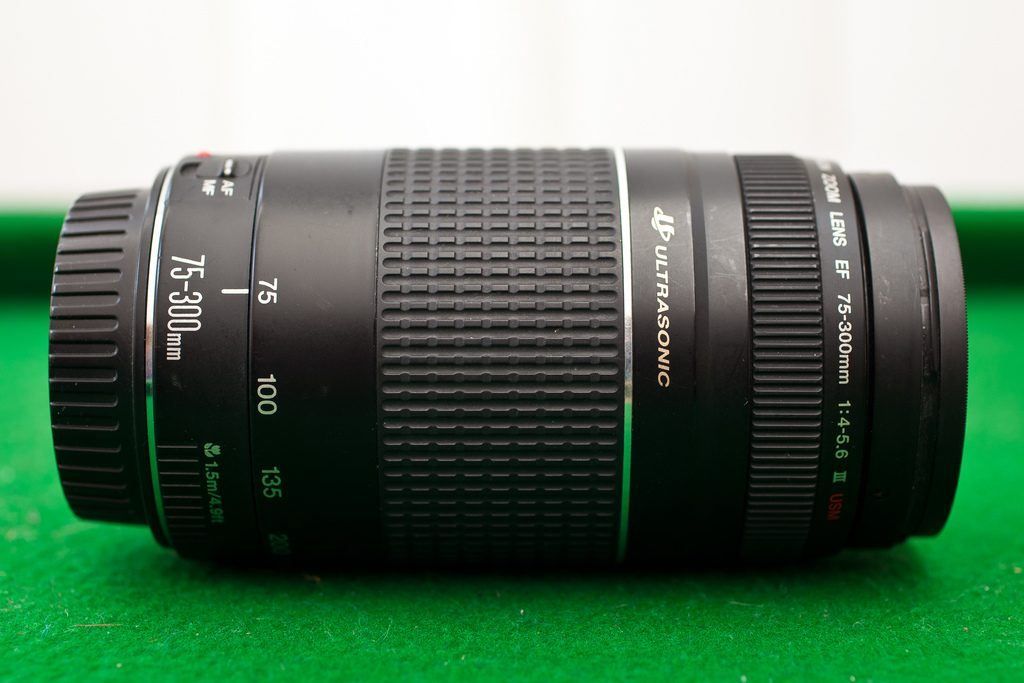
T75mm-300mmhis Canon lens has the USM Ultrasonic motor. This model would generally sell for $50.00 to $60.00 USD more than it’s less expensive brother. Photo by Håkan Dahlström
The profit margins on accessories are even larger when the accessories are self-branded. In other words, a Ritz Camera Centers camera bag costs much less to produce and sell… than say… a Tenba camera bag. So, a retailer can increase their profit margins by selling their own branded gear. That’s why in the ‘kit’ camera offers you rarely see branded equipment (outside of the camera).
On top of that, camera manufacturers set up programs where they bundle their cheapest lenses. For example, buy a Canon T3 camera kit and we will include the 75mm-300mm lens (non-USM model).
By putting these two items together, the perceived value for both increases, thus they are providing a higher price, and a higher profit margin, for the seller.
When a camera manufacturer puts together these bundles, they offer incentives to the retailer to sell them. The retailer, in turn, offers incentives to the sales force to sell them.
Everyone gets a little more in his or her paycheck.
I’m not saying this is a bad practice, I’m just explaining how it works.
The downside to this practice is that the equipment included in these deals isn’t typically the gear you’re going to want to own down the road when you get serious about photography as your hobby.
Once the manufacturer presents a bundled offer to a retailer, the retailer is going to try and upsell to you. They want you to purchase a UV filter for each lens, perhaps individual cases for each lens, a case to carry everything in, a tripod, a flash, and stuff to clean the lenses… or they’re going to bundle these items in a pre-priced offer.
Each of these items is actually necessary to an avid photographer. BUT- this is the area where you must be diligent about discovering what you’re purchasing (in order to get your monies worth).
Self-branded gear will NOT have the same quality level that branded gear will have.
But for the sake of argument- let’s evaluate the cost structure of my friend’s kit proposal.
"Self-branded gear will NOT have the same quality level that branded gear will have. "
Let’s look at the full price for the name brand gear, and then see how much is left over.
T3 Camera kit – $319.99 USD
75-300mm lens – $199.00 (no USM motor)
Total – $518.99
Advertised kit Cost – $629.00
Difference – $110.01 USD
A common practice for retailers is to state a “list price”; in this case $849.99 USD. This is an arbitrary number that really means nothing as equipment rarely sells for list price.
However, by including this number in the ad, our brain registers value. This practice is not limited to photographic equipment retailers by the way. When was the last time you heard of someone paying list price for a car?
In the above example, if you purchased just the T3 camera kit and the 75mm-300mm zoom lens, the retailer would make a profit of somewhere between: 3% – 5% ($18 to $32).
Are the items that are left worth $110.01 to you?
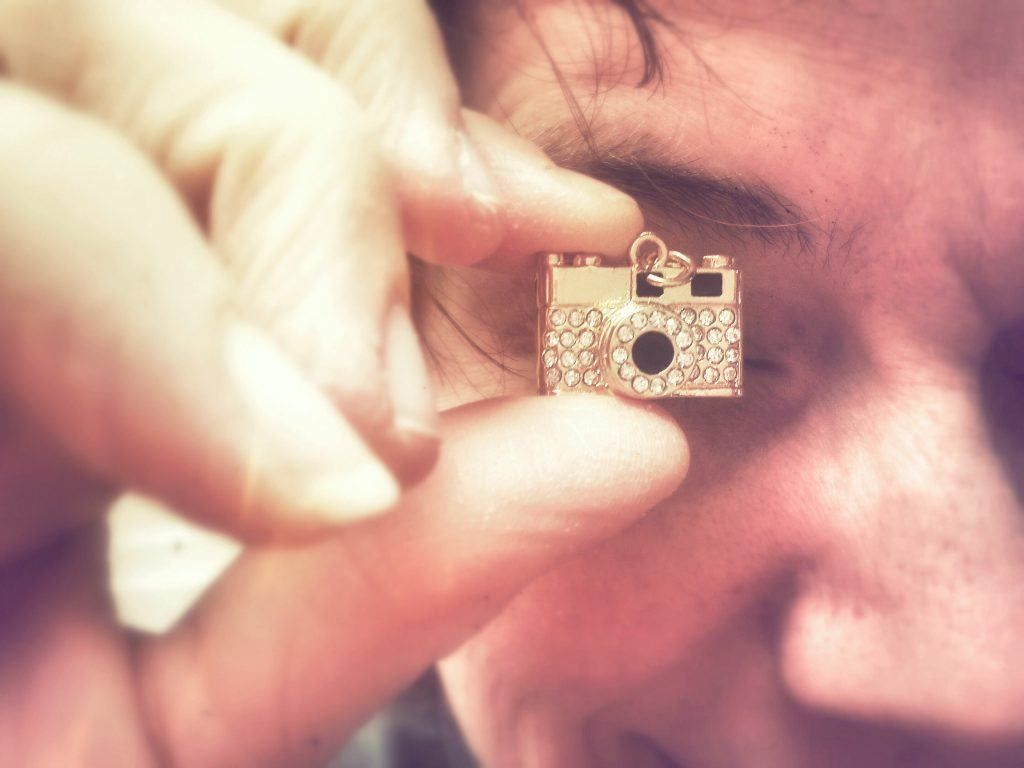
Photo by Purple Sherbet Photography
The retailer’s cost for the balance of the items included in the kit was probably less than $25.00 USD. (I base this on past experience.)
By including those items, the profit increases (for the total offer) to somewhere between $85.00 and $95.00 or somewhere in the neighborhood of 13.5% to 15%.
Including those items makes sense for a retailer, right? Not only does it increase their profit margin, it also increases the chance that you will buy- because your brain is registering quantity!
I’m not saying that those numbers are an unreasonable markup. These people have to feed their families too.
So, what’s the problem?
The problem is you have to decide if the quality level of these additional items is worth it to you.
What does that mean?
This is what you can expect from non-recognizably branded gear…
- A tripod that is primarily made of all plastic parts. It will not be very stable, even when it’s new. It doesn’t have a removable head, so once the head is worn-out, or broken, the tripod is trashed. The lock down mechanisms will wear out quickly causing the legs to slip.
- Filters will not have optically good glass. The rings will be thin and prone to seizing on your lens. The threads will strip easily.
- Camera bags will have cheap stitching that will pull apart quickly. The snaps for the shoulder strap will be light duty plastic that will break easily. The outside material won’t be water resistant. The zippers will be plastic or very light duty metal and they will separate easily, rendering them unusable.
- Memory cards will be slow. They will be more prone to read and write errors.
- Camera batteries will not hold a charge as long as OEM batteries. Their lifetime recharge rate will be much less than OEM batteries.
Sometimes they will need their own charger and won’t be compatible with the OEM charger. - When you get into the really small items like lens cleaning materials, cables, memory card wallet, etc. it’s simply obvious that the quality level is extremely low. These items are included to simply beef-up the advertised ‘number of items’ included in the list.
After reviewing my friends’ request, I told him that I did NOT think that this was a solid value.
In closing, my advice to you when purchasing your camera gear is to slow down. Don’t let your excitement boil over into impulse buys. Carefully pick out your accessories while evaluating cost versus value. Sometimes, in the long run, cheap can cost you more.
"My advice to you when purchasing your camera gear is to slow down. Don’t let your excitement boil over into impulse buys."
There will always be deals on the horizon.
Many folks see their photography gear as a lifetime investment. This would be especially true of lenses, tripods, strobes, etc. (Less so on cameras because they are changing so rapidly.)
Keep your eye on quality!
Have fun shooting!
Kent DuFault


